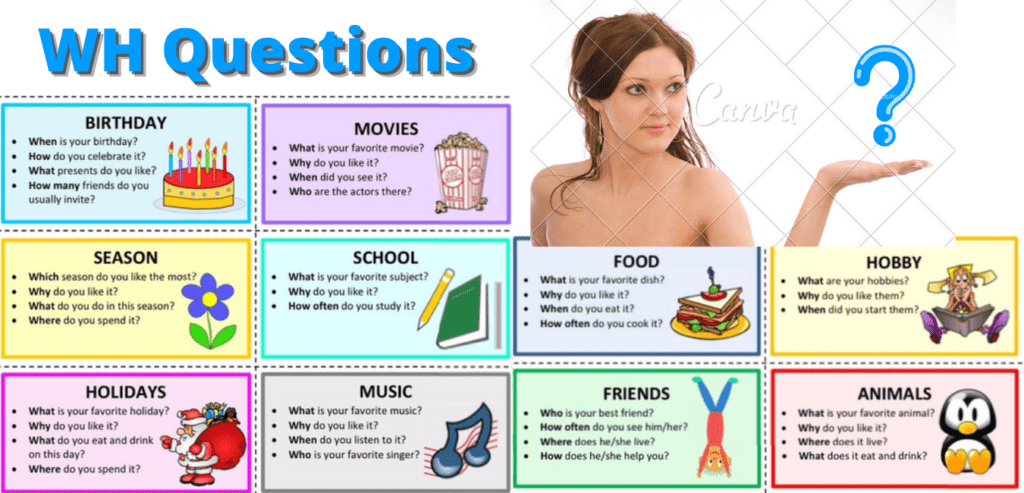
In parts 1 and 2 of “How to ask critical thinking questions,” I discussed the importance of teachers asking proper questions. Also, making sure the questions are not just a restatement of something that was just taught.
I mentioned the idea of having the proper weight time and helping the students to learn how to answer higher-level questioning. Teachers have to practice asking higher-level questioning and planning the right questions to ask during a lesson can not be something asked at the spur of the moment.
Part 3 will discuss how to adjust the level of questioning for students. Sometimes the teacher may need to begin with questions on the knowledge level of Bloom’s Taxonomy, such as, “What color is the ocean on a map. ” However, teachers should not leave all of their questions at the knowledge level.
Moving to higher-level questioning is intended to stretch the student’s thinking. Cognitive or evaluative questioning helps the teacher determine whether the student is comprehending the content such as, “How could you determine whether to use a map or a globe for this lesson?
When a student is able to comprehend the content, they are also able to analyze, apply, synthesize and evaluate the content in many different ways. The student should be able to take the content and apply it to other content areas and make comparisons or draw conclusions.
High-level questioning begins with these types of prompts:
· “Why… How… “
· “Tell me about… “
· “How is… an example of… “
· “Why is… significant?”
Knowing that knowledge level and evaluation level questions are important. However, a teacher should not make evaluative level questions for students who are able to only answer knowledge-based questions.
Questions should be developed for each particular level within the classroom in order to ensure success for all students. Teachers can ask convergent and divergent questions.
Convergent questions require one correct answer, i.e. “Who are the characters in this story?”
Divergent questions require more in-depth answers, i.e. “Tell me why there are regulations on gas miles per hour for car manufactures?”
Another questioning technique that I mentioned in part 2 was, “wait time”. Research shows that the average teacher waits about 1 second for a student to answer a question. When teachers give students 3 or 4 seconds longer, the student’s answer is more in-depth and comprehensive, and more students would answer the question.
Final Guidelines:
· Ask questions before calling on a student
· Ask clear questions
· Ask questions related to the standard or content
· Ask a variety of questions from Bloom’s Taxonomy so all students will feel successful
· Give students 3 to 4 second wait time for quality answers
The proper questioning technique is just as important as teaching the content. Questioning gives the teacher the information to determine whether the student understood the content, forces the student to look deeper into the content, determine whether their point of view was accurate or needs changing, and respond to the content with further questions.